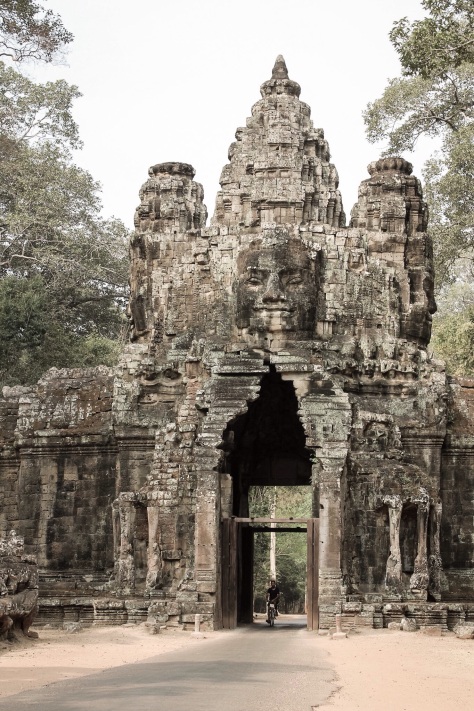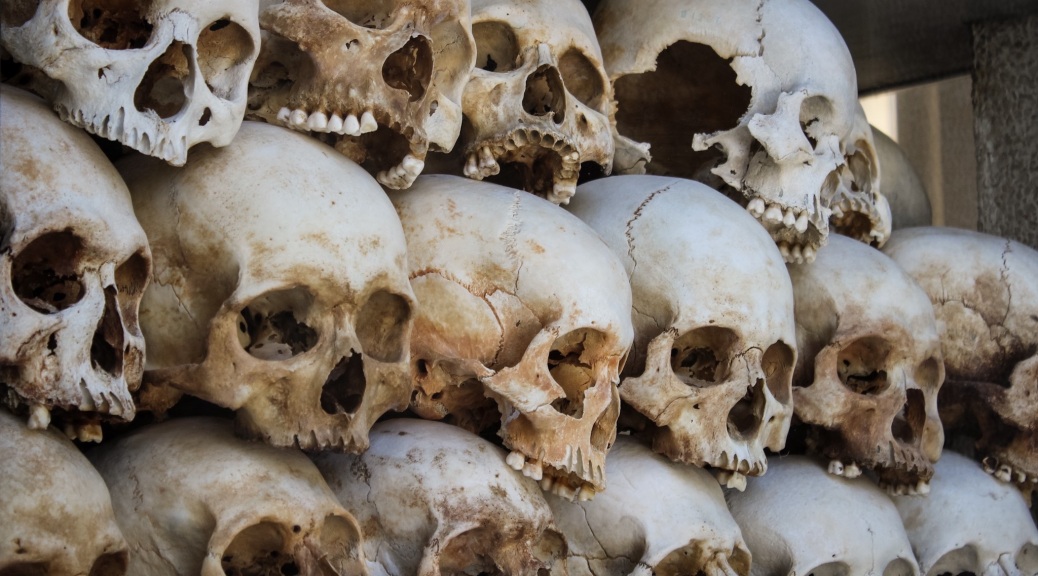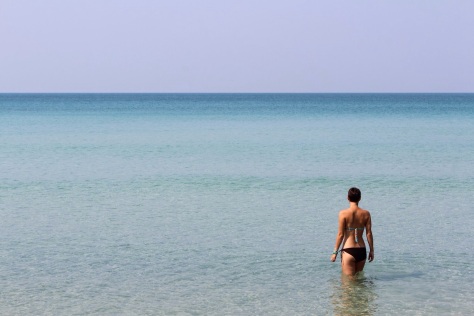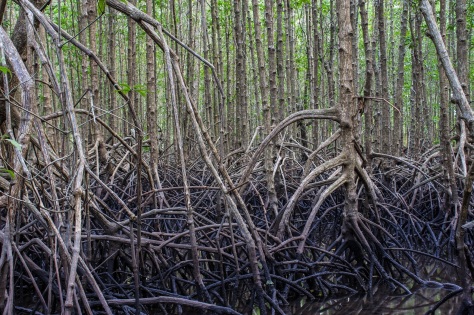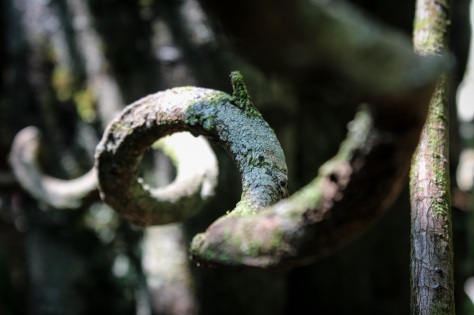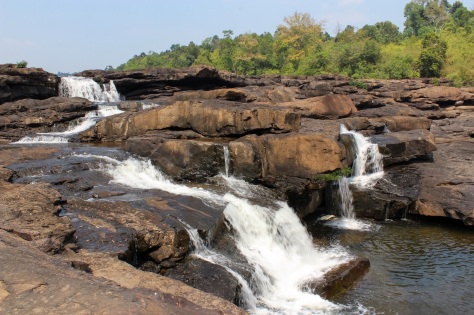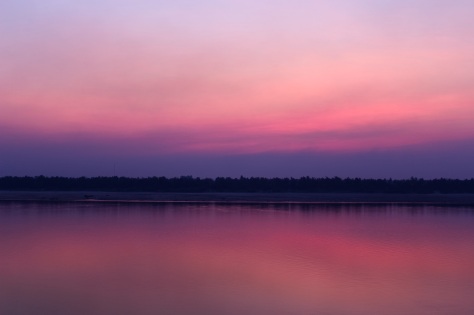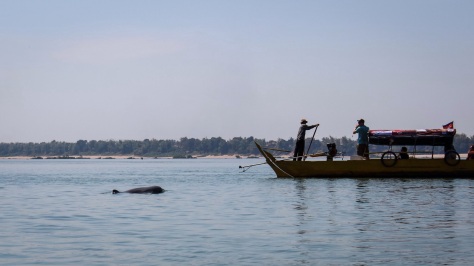From Phnom Pehn, we made our way by bus to Siem Reap to explore the very famous Angkor Archeological Park. The town itself is pleasant and filled to the brim with tourists. There are several night markets and a very popular Pub Street, where cheap beers are in abundance. We rented bicycles and bought a 3-day park pass ($40 US each), giving us plenty of time to explore the park. The park is huge (400 sq. km) and is filled with ruins from the ancient Khmer empire and are a mix of Hindu and Buddhist architecture. Though the ruins themselves are mesmerizing, the park is really well known for the thick jungle vegetation that has reclamed many sites, making the area even more picturesque.
Our three days in the park were spent cycling and visiting as many ruins as we could. On the first day, we visited the smaller ruins on the large outer circuit and finished with a sunset view of the park from the temple mountain Phnom Bakheng.

On the second day, we peddled into the park at 5:00 am to watch the sunrise at Ta Prohm. This site is famous for the trees that climb out of the ruins, reclaiming the jungle. Ta Prohm was also known for being featured in ‘Tumb Raider.’ Riding around on the small circuit, we visited a few more ruins and ended with the huge temple Bayon, which is famous for the large stones faces that adorne the many towers that surround the central peak.
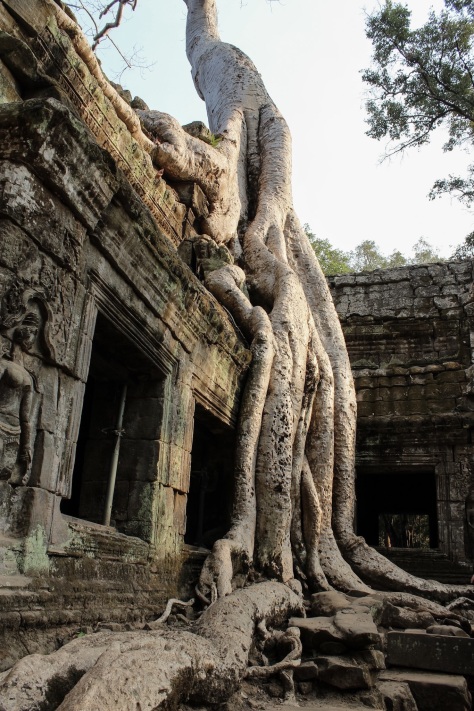

On our final day, we finished our time in the park by touring Angkor Wat and Angkor Thom. The amount of ruins in and around the park is mind boggling and after three days of peddling around in the hot sun and touring the ruins, we were exhausted.
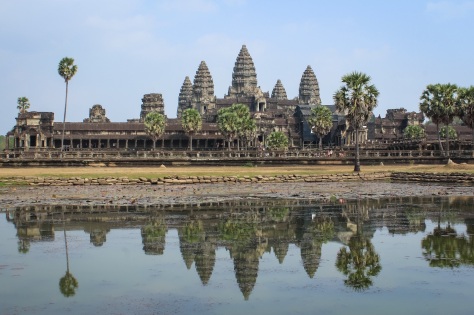
Angkor Archeological Park is on the list of our favorite places in Asia and we highly recommend touring it by bike. We went during dry season, so we had great weather, but we can only imagine how even more stunning the ruins would be covered in lush green during the wet season. Angkor Wat is spectacular, but we enjoyed some other ruins even more. Bayon, Ta Prohm, and the North Gate are just a few of our favorites. The outer circuit is less visited and some of the ruins scattered around may not have the wow factor, but they are more pleasant to visit. Hundreds of tourists just come to the park for the day and that’s a real shame. You could easily spend more than three days visiting the park and even more in the surrounding area. Watching the sunrise and sunset in the park is very popular. We aren’t sure if it was the time of year or what, but we don’t recommend it. The sky is hazy and, for sunrise, the light really isn’t that good until about two hours later. We found that the best time for visiting and taking pictures time was in the morning (7-9 am) and in the afternoon (3-5 pm). There are fewer people and the light is beautiful. Whatever you time schedule, route, or budget, no visit to Cambodia is complete without seeing the ruins of Angkor.







































